The land of Lai Chau contributes to the mysterious charm, pristine majestic beauty of the Northwest region. The cultural identities of ethnic groups, rolling mountains, wild forests, gentle but violent streams and the endless sound of the mountain and forest make Lai Chau become more fascinating.
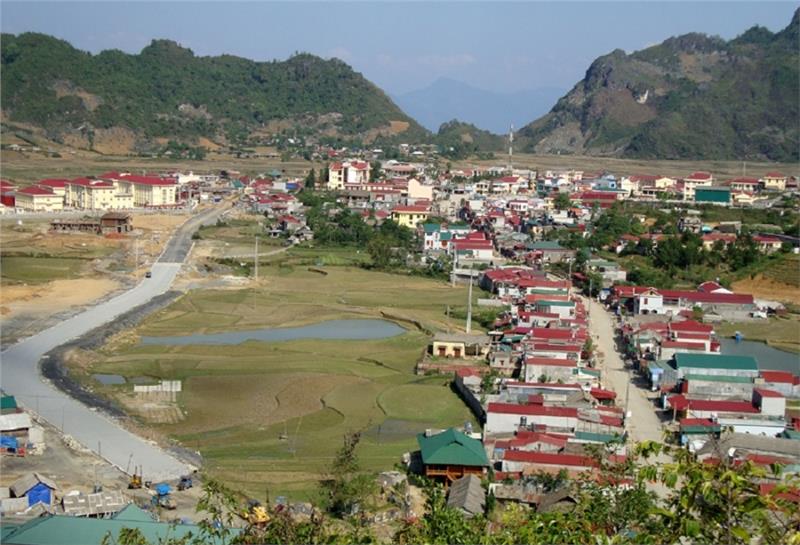
Lai Chau is a province in the Northwest Vietnam, located about 400km far from Ha Noi to the southeast, between 21°51' - 22°49' north latitude and 102°19' - 103°59' east longitude. Lai Chau terrain is formed by mountain ranges running Northwest - Southeast direction, with many high peaks as Pu Sa Leng - 3096m high. The province owns high and steep mountains, alternated with deep and narrow valleys, Hoang Lien Son mountain range in the east, Song Ma Mountain in the west. Between two mountains above is the lowland belonging to Da river area with many limestone plateaus running from Phong Tho (Lai Chau) to Quan Son, Quan Hoa (Thanh Hoa). There are plateaus, rivers, streams with large flows, so the province has a huge hydropower potential. With 265.095km of border line sharing with China, the province has an important position in geography and national security. Lai Chau features the sub-tropical climate. The average temperature is about 21°C-23°C divided into 2 seasons following the humidity: rainy season and dry season.
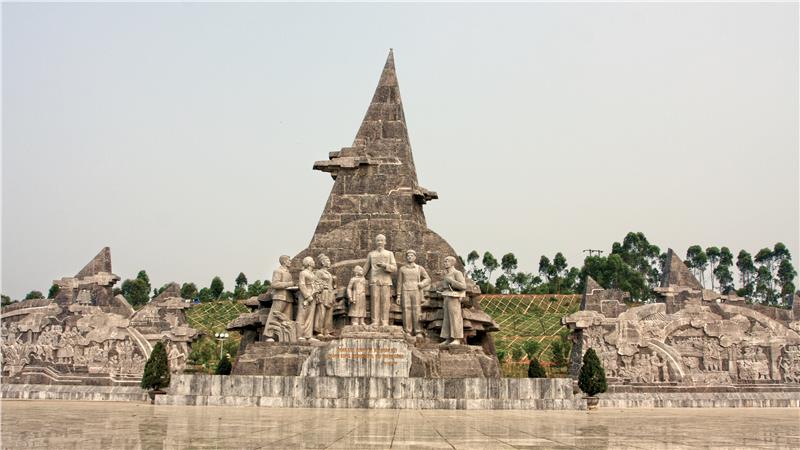
Previously, Lai Chau once was a semi-independent White Tai confederation. This was a district of Dien Bien Phu, Hung Hoa province. Lai Chau was establishes according to the Decree on June 28th, 1909 of Governor-General of French Indochina. At that time, Lai Chau province consisted of districts: Lai, Quynh Nhai, Dien Bien separeted from Son La. On April 29th, 1955, Lai Chau province was dissolved, 6 districts of Lai Chau (Muong Te, Muong Lay, Sinh Ho, Dien Bien, Quynh Nhai, Tuan Giao) belonged to Thai Meo autonomous area. On October 27th, 1962, Thai Meo autonomous area was renamed Tay Bac autonomous area, at the same time, Lai Chai province was re-established including 7 districts: Muong Te, Muong Lay, Sinh Ho (Sin Ho today), Dien Bien, Quynh Nhai, Tuan Giao, Tua Chua. In November 2003, the National Assembly issued Resolution in separating Lai Chau into Lai Chau province and Dien Bien province. The new Lai Chau province has the natural area of 906.512.30ha and 313.511 people in 2003.
Lai Chau province has 9068.78 square kilometers, 8 administrative units including Lai Chau City and 8 districts of Muong Te, Sin Ho, Nam Nhun, Tam Duong, Phong Tho, Tan Uyen, and Than Uyen.
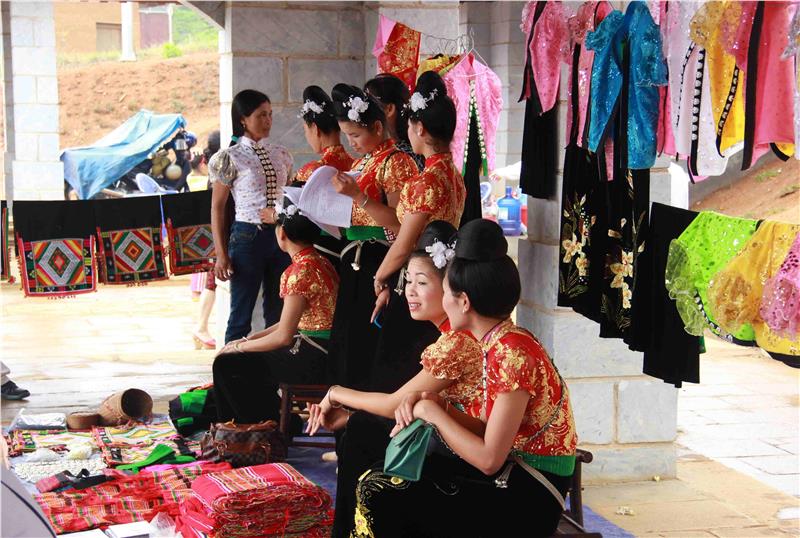
The province has more than 400 thousand of people of 20 ethnic groups living together, in which Thai ethnic people cover the majority of population in Lai Chau with 131,822 people, accounting for 34% of the total population. The other ethnic groups consist of Mong people 86,467 people (22.30%), Kinh ethnic group 54,027 people (13.94%), Dao ethnic people 51,995 people (13.41%), Ha Nhi ethnic people 14,658 people (3.78%) and other ethnic minorities.
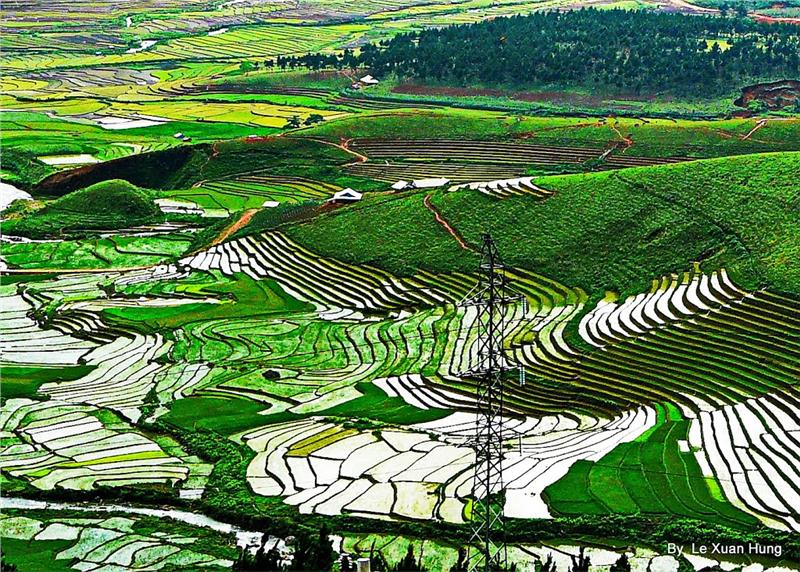
After separation of the province, Lai Chau was one of the poor provinces. However, in recent years, Lai Chau economy has grown and reached the significant results, high growth rate; have positive changes in the economic structure, and infrastructure. The economic growth rate was estimated at 8.61%; economic structure has shift towards the positive, including 24.51% of agriculture, forestry and fishery, 22.95% of construction and industry, and 46.96% of service. The gross domestic product of region per capita was estimated at 16.27 million dong, up 2.05 million dong compared to 2013. 2014 was a bumper crop; productivity and yields increased compared to the same period last year. Industry reached the relative growth rate; the industrial production value increased 30.46% over the same period last years, reaching 428.47 billion dong (at the constant price 2010). Trade activities in the province has significant development; total retail sales in 2014 reached 3,800 billion dong, up 11.7% of the plan, up 7.1% compared to the same period last year. Commodity prices are relatively stable, the average consumer price index of 10 months increased by 4.82% over the same period last year, and an increase of 4.02% over December 2013. Lai Chau International Fair in 2014 was successfully held. The total provincial budget revenue was estimated at 7,396.3 million dong, up 28% of the plan. The total provincial budget expenditure was estimated at 7,396.3 billion dong, nearly 28% as estimated.
Culture - society continues to have obvious changes, cultural standard of population is raised, poverty reduction achieves the positive results; defense - security is guaranteed, foreign relations are expanding. Continue implementation of educational innovation management, methods of teaching and learning, so the quality of education is gradually increased. Health care, disease prevention is focused to timely implement measures aiming to prevent and respond to epidemic disease, implementing effectively the National Target Program, propaganda activities on health education, family planning and food safety. Sustainable poverty reduction is concerned, supported through the policies and programs. By the end of 2014, the poor household rate decreased from 27.22% to 23.72%. Vocational training, create jobs and welfare policy are concerned.
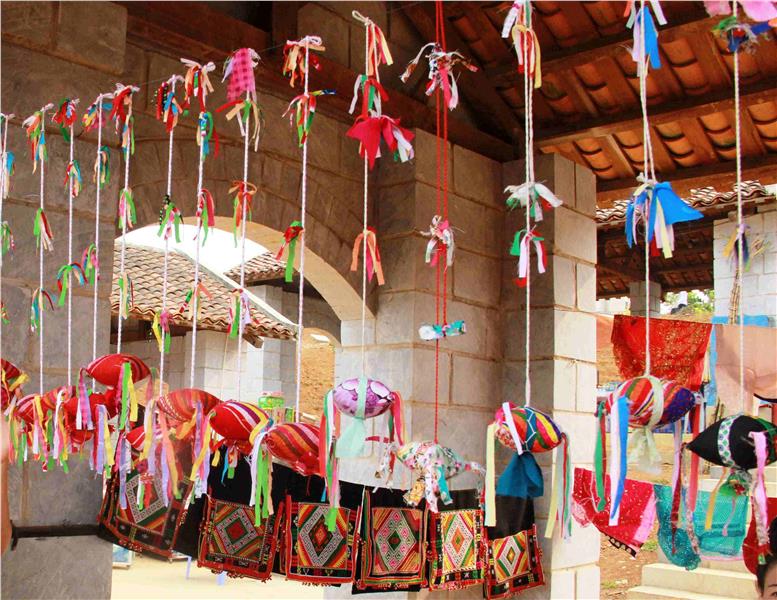
Exploring Lai Chau is exploring a land of massive tangible and intangible cultural heritage treasure of 20 ethnic groups living here. Nature and Lai Chau people blend together forming a timeless particular cultural background. The characteristics, special features and the hallmark of the cultural identity are expressed in lifestyle, costumes and behavior in daily communication of the ethnic minorities. Tourists will easily see the vibrant cultural identity in each house, each dress and each scarf and the attractive xoe dance. Upland fairs reflect most clearly the typical culture of Lai Chau. The fairs bear the characteristic community activities of ethnic communities in Northwestern region. They keep the unique traditional cultural values. The fair is the place where people meet, chat with somebody, the beautiful brilliant costumes are showed and fascinating xoe dances are performed.
In addition, Lai Chau owns a rich and precious folk cultural treasure with folk songs, folk dance, epic, folk belief and language. Also, traditional house of Lai Chau is one of the special cultural values of this land. Traditional houses of each ethnic group still keep their basic features. Thai ethnic people live in wooden stilt houses, Dao ethnic people, Ha Nhi ethnic people and Mong ethnic people live houses with earthen walls; Mang and La Hu ethnic groups still live on the mountainside, with thatched houses and bamboo walls.
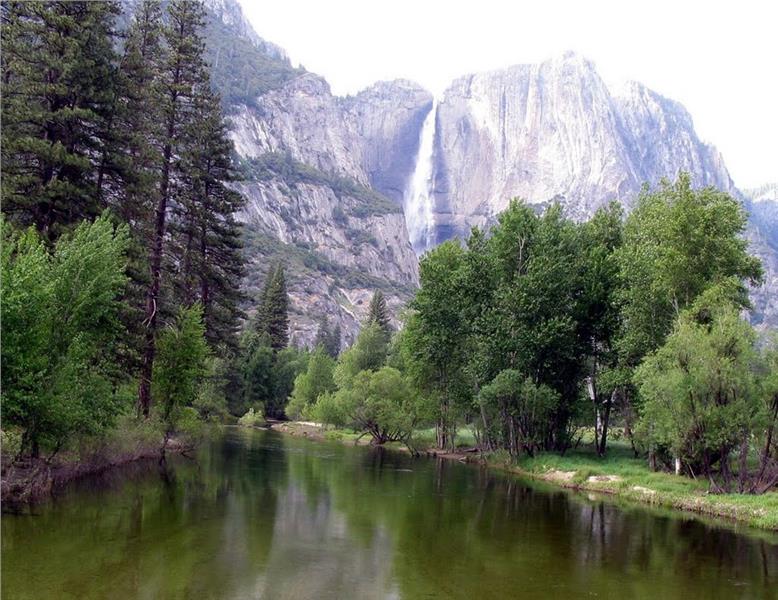
Lai Chau is a province owning charming natural landscapes and many historical relics. There are the plateaus with the height of more than 1500m covered by fog year round, cool and fresh climate as Sin Ho, Ho Thau, Dao San, etc. In addition, Lai Chau has hot-water springs, mineral springs as O rocky mountain, Fairy Cave (Sin Ho), Vang Bo hot-water spring (Phong Tho), Na Dong, Na Don hot-water springs (Tam Duong), mineral spring (Than Uyen) and other hydropower lakes. Deo Van Long mansion in Le Loi commune, Sin Ho district, is the mansion of the Thai puppet king in the French resistance. The mansion has become a historical relic to educate the national pride, the place for visiting and learning about the unique architecture imbued with Thai cultural identity.
Archaeological vestiges of civilization of ancient Vietnamese as relics: Nam Phe, Nam Tun in Phong Tho; Here, archaeological found tools of the Stone Age; the bronze instruments of the Dong Son culture in Hung Vuong era. Lai Chau is the land in the Northwest Vietnam and home to 20 ethnic groups as Thai, Tay, Nung, and Mang... This has brought to Lai Chau the vibrant culture, so coming to this land, tourists not only can immerse in the spectacular natural scenery, but also participate in the diverse cultural activities of the ethnic groups and enjoy the special dishes - the culinary characteristics that tourists cannot find in any lands. It is the spicy fragrance of Mong Ke wine, aromatic smoking meats, crisp pieces of bamboo shoots, strange taste of salad vegetables, so on.
Festival
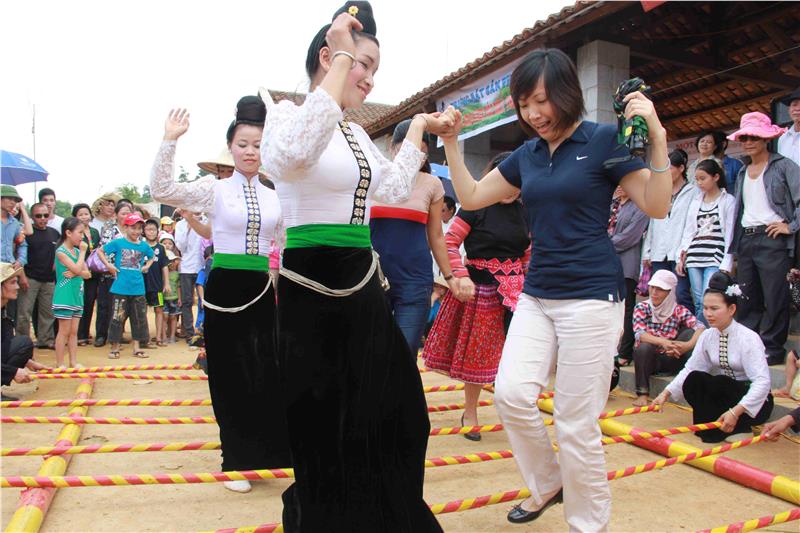
In addition to the unique cultural identities, Lai Chau has many characteristic festivals of ethnic groups. Most traditional festivals in Lai Chau feature the folk belief, organized by villages according to certain cycle time. Festivals only bring the spiritual significance to pray for good crop and good health. The subjects worshiping in festivals are gods as river god, god of rice fields, etc. Through the folk festivals, people feel tranquil, dispel the evils and forget the tiredness of daily life. The folk festivals in Lai Chau characterize poetry and folk performances teaching descendants good things and solidarity. On the other hand, folk festivals of ethnic groups make sense for preserving and promoting the national identity and create conditions for people to participate in the creation of culture. Some typical festivals of Lai Chau are Then Kim Pang festival (Muong So, Phong Tho) of Thai ethnic people held in the 10th day of the 3rd lunar month. Excellent features of this festival is the spiritual rituals with Then singing (with 36 songs), then dance (36 songs), the main origin of mua non Thai and xoe Thai today. Grau Tao Festival (Dao San, Phong Tho) of Hmong people held on 10th January of lunar month. Long Tong festival of Giay people pray for good crops.
